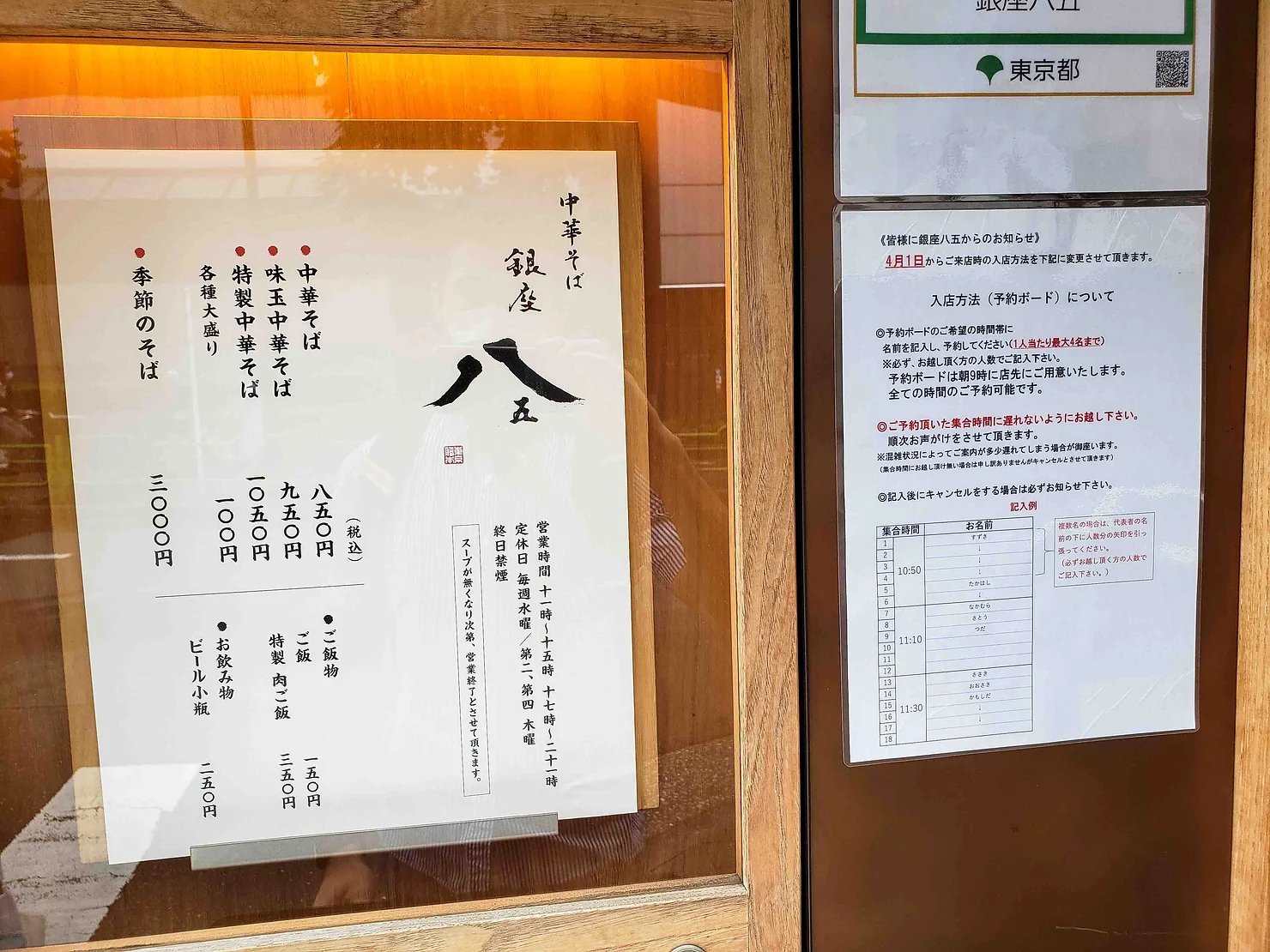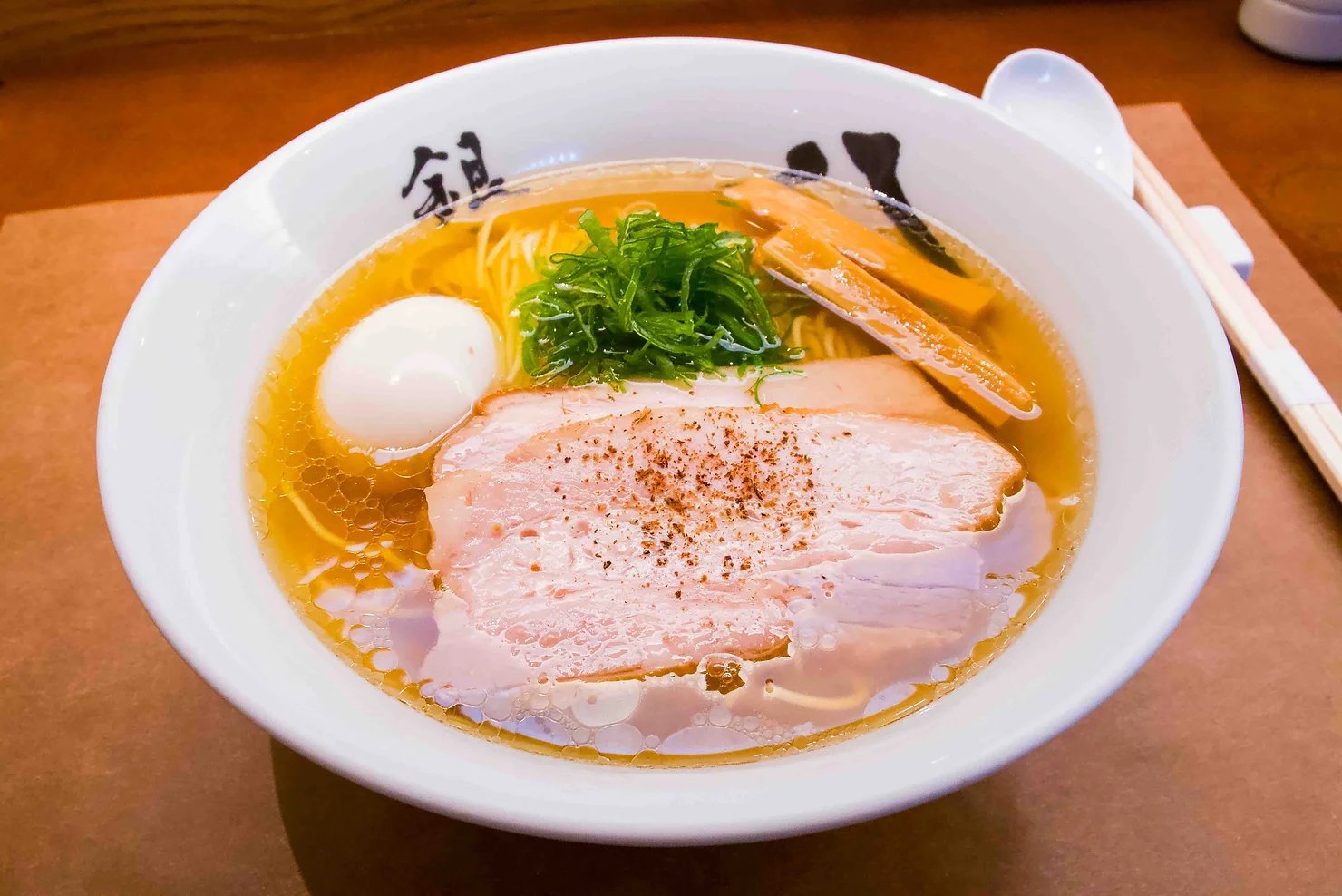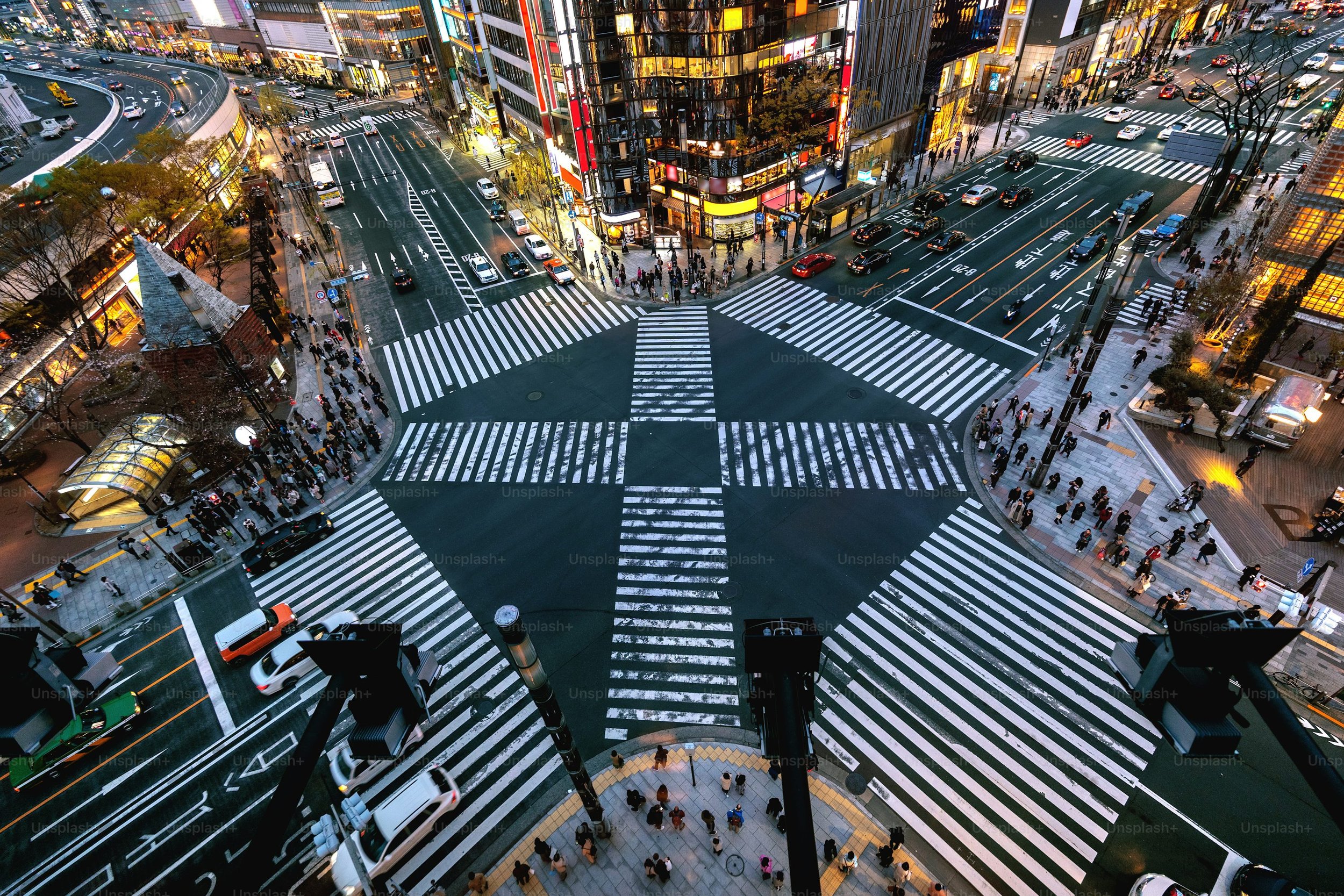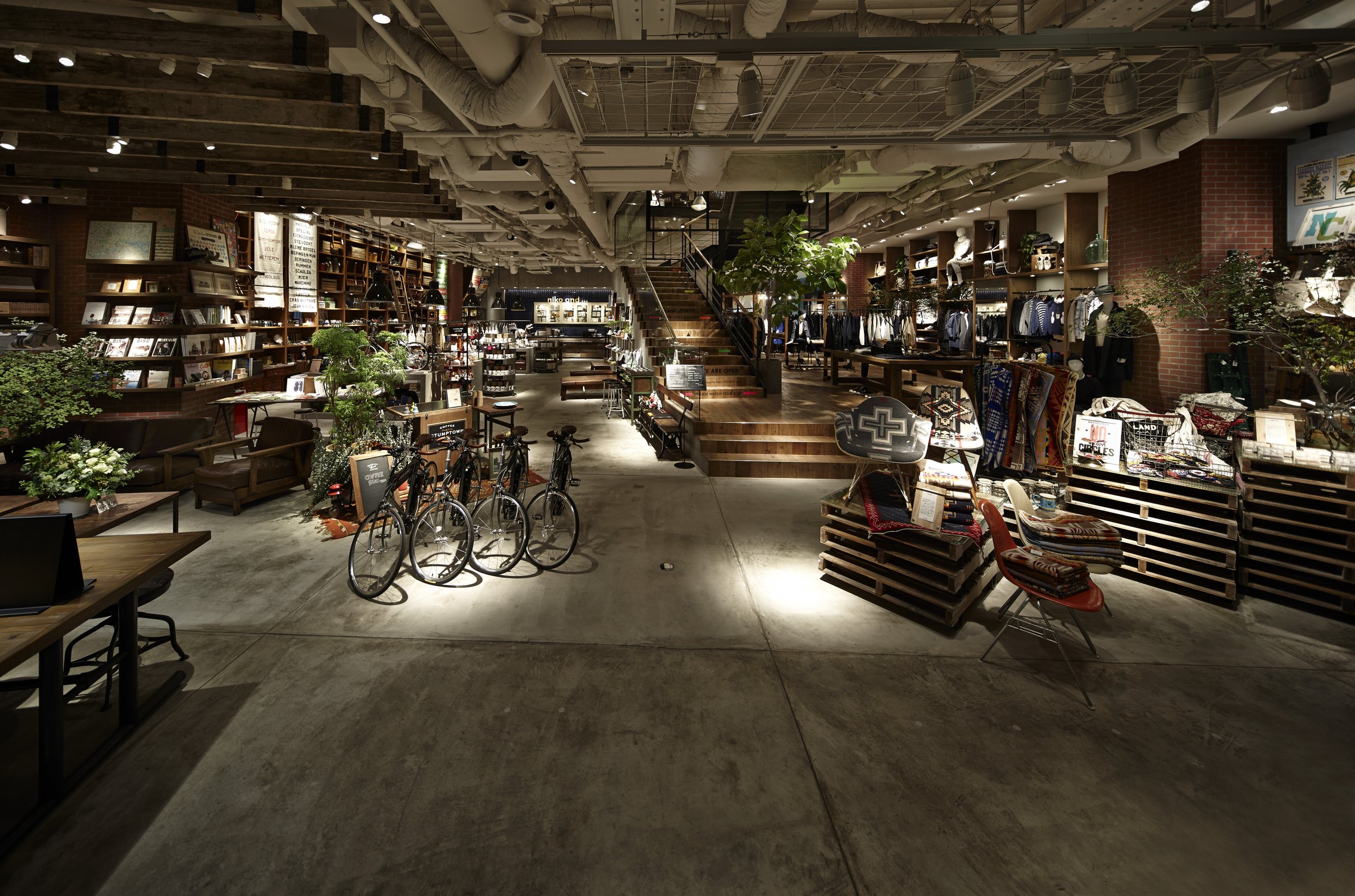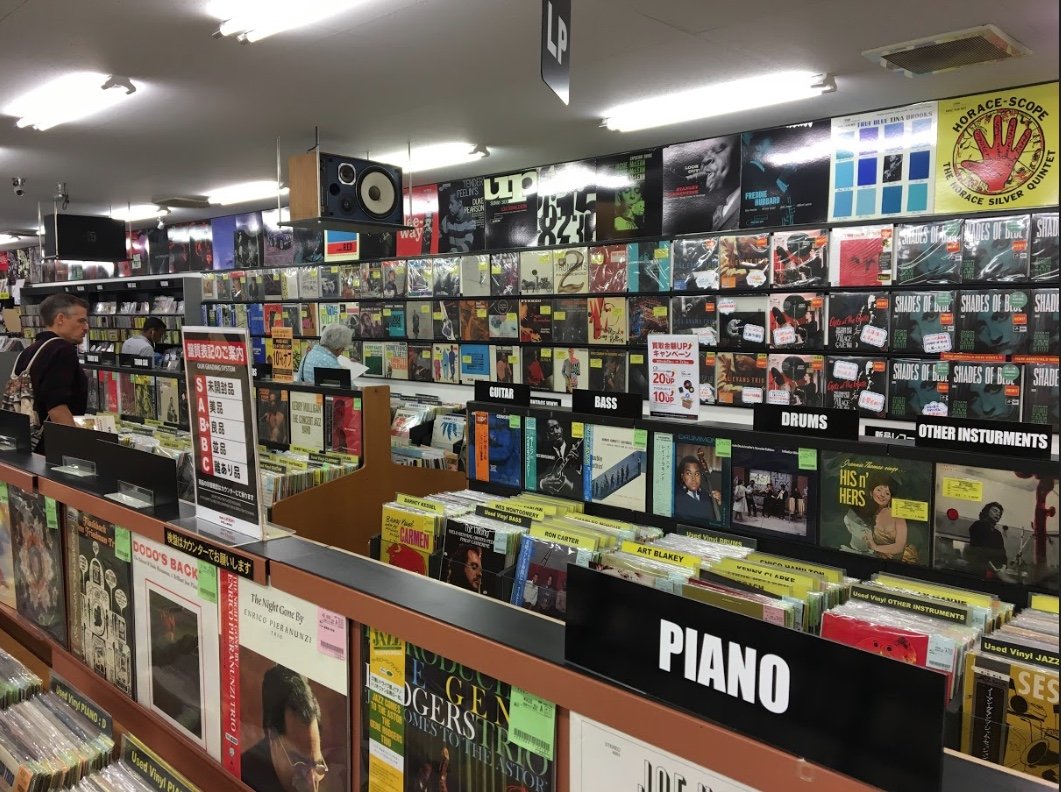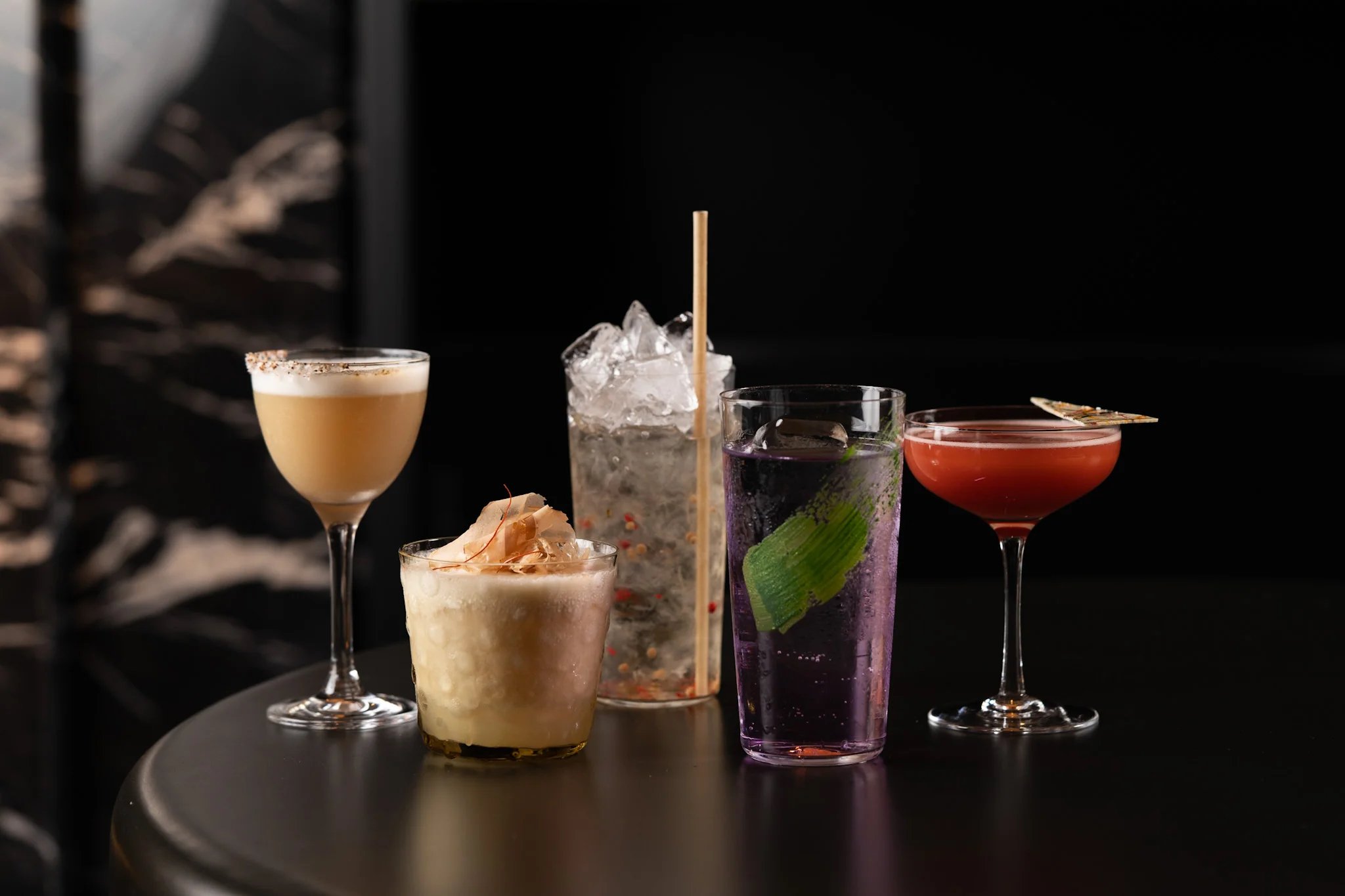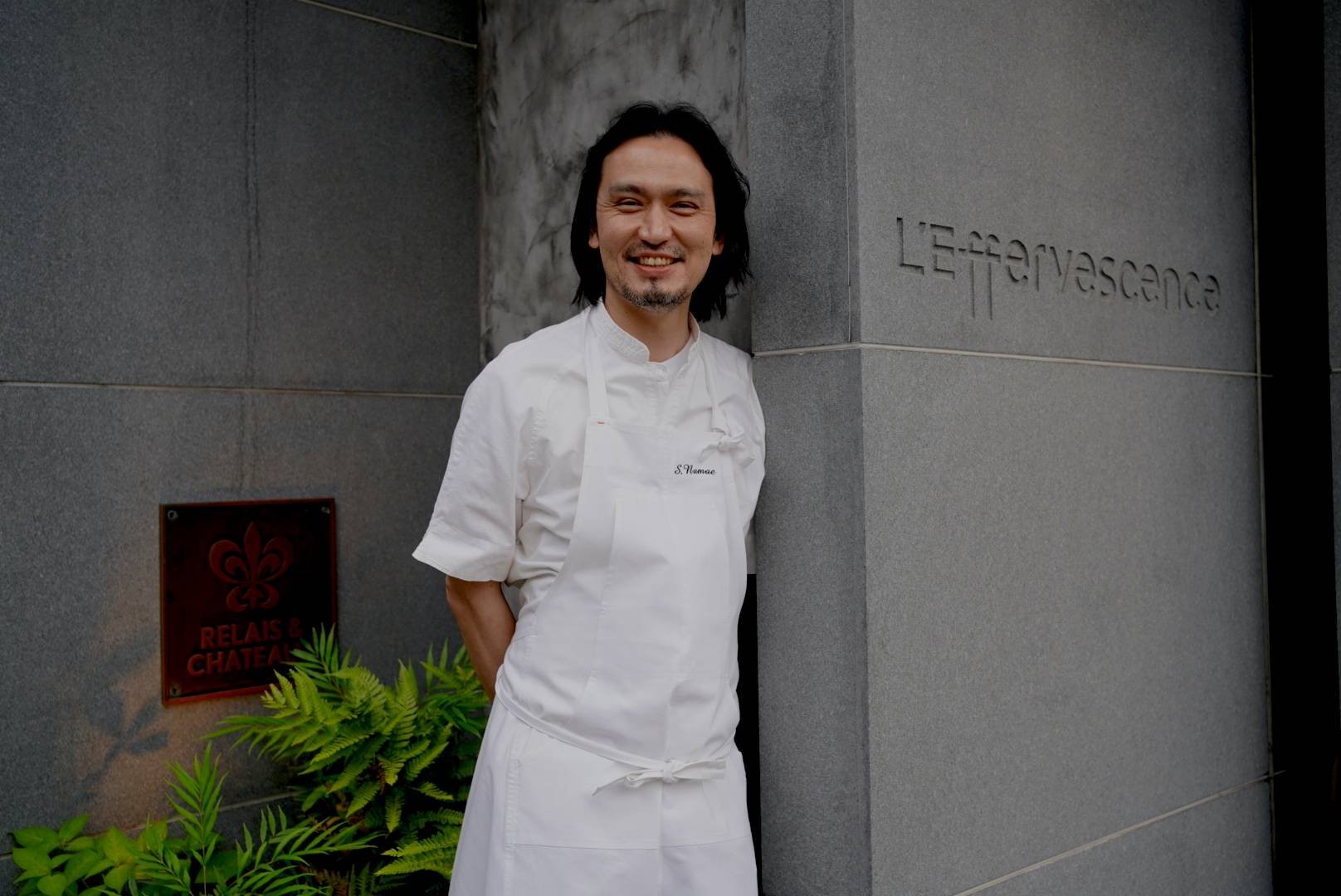
October 05-06, 2024
Travel Day

Saturday, 10/05/24
FLIGHT: LAX TO TOKYO
AA 27 | Confirmation: HLBOGZ
Seats: 8L, 8J
Departs: 10:25AM
Duration: 11 hours 55 mins
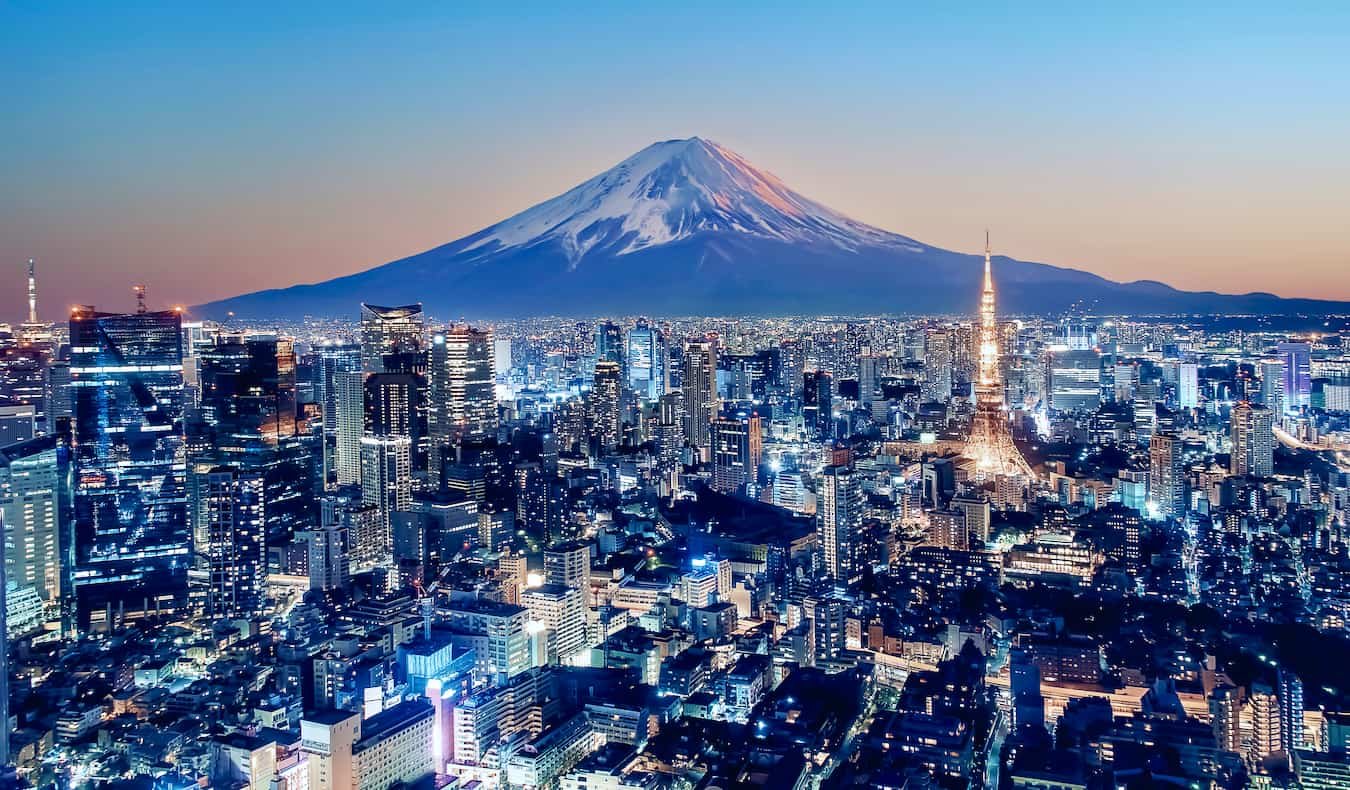
October 6-10, 2024
Tokyo

Sunday, 10/06/24
ARRIVE IN TOKYO (HND): 2:25PM
Train: Haneda to Hotel
Train to hotel:
Haneda Airport Terminal 3 Station, Platform 2: Take “KK” Train (Keikyu Main/Airport Line Rapid-Limited Express) towards Aoto to Keikyu-Kamata.
KK16 to KK11
Stay on the same train. Take the Keikyu Main Line Limited Express to Sengakuji. Get off at Platform 4.
KK11 to A07
Stay on the same train. Be in the middle of the train. Take the Pink A Train (Toei Asakusa Line) towards Aoto from Sengakuji to Higashi-Ginza Station.
A07 to A11
Walk to Platform 3: Take Gray “H” Train (Hibiya Line Local) towards Naka-Meguro 5 stops to Kamiyacho Station.
H10 to H05
Walk 0.1 mi to hotel.
Check into Hotel
Check Into Tokyo Edition, Toranomon
Address: The Tokyo Edition, Toranomon, 4-1-1 Toranomon, Minato-ku, Tokyo, JPN, 105-0001
Phone: 81-35422-1600
Confirmation: 9039281077280
***Pick up Japan Wireless Pocket Wi-Fi***
Dinner at Sushisho Masa. 6pm.
Sushisho Masa follows the tradition of the original "Sushisho,” offering a style where Nigiri and side dishes are alternately served, allowing guests to thoroughly enjoy an array of exquisite small dishes paired with sake. Each dish, prepared with sincerity and care, is bound to leave a lasting impression. This 7-seat restaurant is notably one of the best in Tokyo.

Monday, 10/07/24
AM: Visit the fish market.
Toyosu Market (豊洲市場, Toyosu Shijō) consists of three main buildings: two buildings for seafood and one for fruits and vegetables. Sushi breakfast!
Daiwa Sushi:
From the tuna auction building, you can access Daiwa Sushi on the second floor of the Tsukemono-Keiran building through the bridge.
Bus: Shin-Toyosu to Ginza
Use the pedestrian overpass to walk from Toyosu Fish Market to Shin-Toyosu Station.
Take the Yellow Bus (to Tokyo Sta. Marunouchi-Minamiguchi, Marunouchi South Exit) 6 stops to Tsukiji.
9AM: Sign Up for Ramen
Ginza Hachigou
Ginza Hachigou is small, with only a few counter seats. Get there before they open. They’ll assign specific times for parties come back later. Arrive at 9 am and they might ask you to come back at 11:10 am to eat.
Explore Ginza
The Ginza (銀座) is Tokyo's most famous upmarket shopping, dining and entertainment district, featuring numerous department stores, boutiques, art galleries, restaurants, night clubs and cafes.
Getting There: The most convenient stations for accessing the Ginza district are Ginza Station on the Hibiya, Marunouchi and Ginza Subway Lines and Yurakucho Station on the JR Yamanote Line, JR Keihin-Tohoku Line and Yurakucho Subway Line.
Ginza Itoya.
A craft stationery shop founded more than 100 years ago in 1904. Offering a large variety of items including greeting cards, office supplies, craft paper and interior goods, it's an amazing place to lose track of time, and the space even includes a vertical farm to supply its kitchen on the 12th floor.
Ebiya Art Gallery
Antique stores are always interesting places to get lost in time. Ebiya is no different—it’s a charming setting full of antiques and unique crafts with lovely backstories. It’s fairly easy to find: just look for an image of Kabuki actor Ebizo Ichikawa by artist Sharaku outside.
Jikusen
Tokyo’s famed kimono store.
Ozu Washi
At this longstanding store and cultural centre, you can discover the beauty of Japanese washi paper – and try making it yourself.
Edoya Nihombashi
Originated as exclusive brush makers for the Shogun family. To this day, only natural materials such as pig and horse bristles are used along with the traditional craftsmanship where the bristles are placed in each hole by hand so that the tips of the brushes do not lose shape. Established in 1718.
Ramen Lunch
Ginza Hachigou
Ginza Hachigou (銀座八五) serves delicious, French cuisine-inspired ramen in Tokyo’s ritzy Ginza district. Their modern ramen bagged a Michelin star in 2022!
Arrive Early
Show up at least 5 min. before the scheduled time and make your ramen selection from the ticket machine inside.
French Ramen?
The extensive experience in French cuisine compelled chef Matsumura-san to do something different. He doesn’t use “tare,” a sauce seasoning in ramen and other Japanese food.
Instead, his ramen is based around ham prosciutto with sea salt from Guérande, France. The soup that accompanies this unique seasoning is duck bones, whole chickens (Nagoya cochin), scallops, dried tomatoes, dried shiitake mushrooms, and kelp.
Train: Ginza to Kuramae
Walk to Higashi-ginza Sta. From Platform 2 (Stop A11), take the Asakusa Line (Red “A” Local Imbanihon-Idai) 6 stops to Kuramae Station (Stop A17). Follow signs for Kuramae 3-chome District Gate. Exit via A0.
Explore Kuramae
Tokyo’s “Brooklyn,” a hub of creativity, crafts, and culture.
Nestled between the tourist hotspot of Asakusa and the more gritty Asakusabashi, Kuramae is a quaint neighborhood in Tokyo that offers a unique blend of history, traditional craftsmanship, and contemporary creativity.
Once home to rice granaries and wealthy merchant residences during the Edo Period of Japanese history, Kuramae has been transformed in recent years by an influx of young designers and artisans, breathing new life into this charming riverside district.
CAMERA.
Sip some coffee and peruse handmade leather accessories at this relaxed Kuramae café and variety goods store run by ballerina and pastry shop owner Miwako Yamada together with designer Kosuke Tamura. You’ll find cheese toast served with organic potato chips, keema curry bowl, and Hawaiian spam onigiri. There’s always a generous selection of baked goods, too, including carrot cake muffins, cookies and Camera’s famous scones.
MAITO
Maito is a clothing shop exclusively focused on the traditional kusakizome dyeing technique. Fabrics are dyed with natural liquids extracted from flowers, leaves and roots, from sakura pink and rubia red to mulberry yellow. Check out the hand-dyed scarves, which maintain their shine for decades.
Carmine
Carmine is located in a quiet alley about a 10 minute walk away from Kuramae Station. Two playful and creative designers operate the store under the concept of “Enjoy Accessory!” handcrafting a variety of leather accessories and miscellaneous goods.
Kakimori
Write with joy. We write with joy. Based on this concept, we opened our shop in Kuramae, Tokyo, in 2010 to share the kind of stationery that makes writing a pleasure. Whether it's selecting the cover, paper, binding and closures for your own order-made notebook, a pen that captures your feelings or stationery filled with their creators’ spirit, you can be sure of finding the tools you desire.
Dinner at MAZ. 5pm.
Two Michelin-Star Peruvian-Japanese
MAZ operates under the supervision of Virgilio Martínez Véliz, chef of Central Restaurante in Lima, Peru. Through gastronomy, MAZ interprets the abundant natural environment of Peru from the vertical perspective of altitude. Directing the kitchen here is Santiago Fernández Saim. The menu, organized into themes for each of Peru’s environments—the Pacific coast, the Amazon rainforest and the Andes—is an encounter between diverse ecosystems and the seasons of Japan.
Drinks at a Tokyo bar.
Bar High Five
This basement venue in glitzy Ginza is home to Hidetsugu Ueno’s famous ice-carving prowess and tasty drinks. The combination of Japanese bartending techniques plus modified classic recipes has resulted in High Five being a regular in the World’s 50 Best Bar list since it opened a decade ago, and it was also awarded the honour of being the Best Bar in Japan at Asia’s 50 Best in 2019. The ‘White Lady’ is a signature pour and a fast favourite here, while the ‘Full Bloom’ is available only in Japan – a mix of maraschino and sakura liqueurs adjusted to fit your fancy. The bar’s fame and small size mean the bar is often busy – calling ahead is advised – and you’ll likely encounter more Westerners than locals.
Efflore Ginza 5 Bldg. BF 5-4-15, Ginza, Chuo-ku, Tokyo, 104-006
Phone: +81 3 3571 5815
The SG Club
Renowned bartender Shingo Gokan’s first foray into the Tokyo scene (he already has two Shanghai establishments on Asia’s 50 Best Bars list), this on-trend subterranean cocktail bar is split over two floors, each with its own identity and menu.
Up top is Guzzle, a more playful and casual bar, with Sip sitting below, harking back to art deco speakeasies in Manhattan, inclusive of a shoe-shine service and typical Japanese bartender professionalism. Cocktails here blend ingredients, techniques and flavour combos from Japan and around the world, with great results – it is a new entry on the 2019 edition of Asia’s 50 Best Bars, charting in the top 20.
1-7-8 Jinnan, Shibuya-ku, Tokyo, 150-0041
Phone: +81 3 6427 0204
Bar Benfiddich
The Benfiddich experience combines the motifs of a classic Tokyo bar (silky movements, sedate pace, no menu) with the feel of a makeshift moonshine operation (homemade spirits, plenty of wormwood, ancient herbal elixirs). Indeed, the painting on the backbar depicts just such an illicit endeavour. Many of the drinks are built from ingredients grown by owner-bartender Hiroyasu Kayama on his farm just outside Tokyo. Wormwood and fennel might go into a Fresh Absinthe Gimlet, and fresh hops are stuffed into ice balls for a visual reminder that this is proper farm-to-glass drinking. He distills some of his botanicals to make the house absinthe, and twigs from the farm are now employed as both garnishes and mixing spoons.
9F, 1 Chome-13-7, Nishishinjuku, Shinjuku City, 160-0023 Tokyo, Japan
Phone: +81 3-6279-4223

Tuesday, 10/08/24
Explore Harujuku
Harajuku (原宿) refers to the area around Tokyo's Harajuku Station, which is between Shinjuku and Shibuya on the Yamanote Line. It is the center of Japan's most extreme teenage cultures and fashion styles, but also offers shopping for adults and some historical sites of interest.
The focal point of Harajuku's teenage culture is Takeshita Dori (Takeshita Street) and its side streets, which are lined by shops, boutiques, used clothes stores, and crepe stands.
Train: Hotel to Harajuku
Walk to Kamiyacho Station. Enter at 4b. Take the Gray Hibiya Line (towards Kitakasukabe) from Platform 2. Enter towards the back of the train. Go 2 stops.
H05 to H07
Get off at Kasumigaseki Station. Walk to Platform 5. Take the Green Chiyoda Line (heading to Yoyogi-uehara). Get on car 2-5, and go 5 stops.
C08 to C03
Get off at Meiji-jingumae (“Harajuku”) Station. Exit 2.
Explore Shibuya
Shibuya (渋谷) is one of Tokyo's most colorful and busy districts, packed with shopping, dining and nightclubs serving swarms of visitors that come to the district everyday.
Shibuya is a center for youth fashion and culture, and its streets are the birthplace to many of Japan's fashion and entertainment trends.
Koffee Mameya
Koffee Mameya is a bean specialist with enough shebang to turn you into a proper barista at home. They offer between 15 and 20 varieties of beans, all in 150g bags.
Order at the counter and take one home to create your own steaming cup of black goodness in peace. They source the beans from five specific roasteries, so you'll also be able to distinguish your favourite in the long run. As the focus is on selling beans, there's no place to sit down and drink, but regular coffee and espresso can be ordered at the counter.
Visvim.
Founded in 2000 by Mr. Hiroki Nakamura, visvim has a strong focus on craftsmanship and carefully sourced materials. Influenced by global travel, especially classic Americana and Native American style, each impeccably made piece is packed with character.
Niko And
Located on a busy thoroughfare on the edge of the youth culture–obsessed Harajuku neighborhood, Niko And is the flagship of the eponymous fashion label, which specializes in preppy- casual men’s and women’s separates (think a slightly more normcore version of A.P.C.). But what distinguishes this shop is its commitment to change; the first theme of the store was the city of Portland (a Tokyo obsession).
Niko And is a real-time experiment in constant reinvention.
Disk Union Shibuya Jazz & Rare Groove branch
Disk Union is Tokyo's biggest and best known second-hand record shop. The Shibuya location fills five floors, with the strongest selections in jazz and rock.
7-11
7-11
Stop at a 7-11 near Disk Union (not the one closest to Yoyogi Park). Pick up lunch, snacks, and drinks for a picnic!
7-ELEVEN, 1 Chome-11-5 Jinnan, Shibuya City, Tokyo 150-0041, Japan
Picnic at Yoyogi Park
The people’s park. Yoyogi Park is one of Tokyo's largest parks, featuring wide lawns, ponds and forested areas. It is a great place for jogging, picnicking and other outdoor activities.
It is known for its ginkgo tree forest, which turns intensely golden in autumn (late November to early December).
Before becoming a city park in 1967, the area where Yoyogi Park is located served as the site of the Olympic Village for the 1964 Tokyo Olympics.
Manhattan Records
Having been around for over 30 years, Manhattan Records is as much of a Shibuya landmark as Hachiko or the 109 building for Tokyo’s habitual record collectors.
Daikanyama Tsutaya Books
In a perfect world, all bookshops would be like this. It's easy to lose hours thumbing through the selections here, which include a good range of English-language titles, art books, antique tomes and magazine back issues.
Drinks and Jazz at Voluntaire
The name of the store is French because the bar originally focused on French chansons, but after it sold the new owner was a jazz freak so she transformed it into a bar specializing in her obsession. In 2011, she relocated from Harajuku to Akasaka. Sound-wise, Volontaire owns vintage JBL LE8Ts built in the 1960s — a very popular model for Japanese audiophiles and jazz kissas. The JBLs are powered by a JBL SA600 integrated amp, and amplify classic jazz, pre-WWII swing, New Orleans jazz and be-bop records.
5-1-2 Akasaka,Minato-ku / Founded in 1977
Dinner at Ginza Sushi Kanaseka. 8:30pm.
Shinji Kanesaka tells the story of Japanese culture in sushi. The elaborately designed sukiya-style interior design and dinnerware reflect this aesthetic.
In crafting his nigiri, Kanesaka prizes seamless harmony among the sushi trinity of rice, topping and wasabi. His love for baseball in his student days taught him the importance of teamwork, and his command of his staff from behind the counter is reassuring. The chef has branches overseas as well, preaching the wonders of sushi to the world.
Drinks at Gold Bar.
Gold Bar takes you back over a hundred years ago, when people learned to love mixed drinks. The most iconic cocktails date back to this era - The Martini, the Daiquiri, the Manhattan - Classics that we still enjoy to this day. Gold Bar takes classic creations to contemporary, sophisticated levels, incorporating modern techniques and local Japanese flavors.

Wednesday, 10/09/24
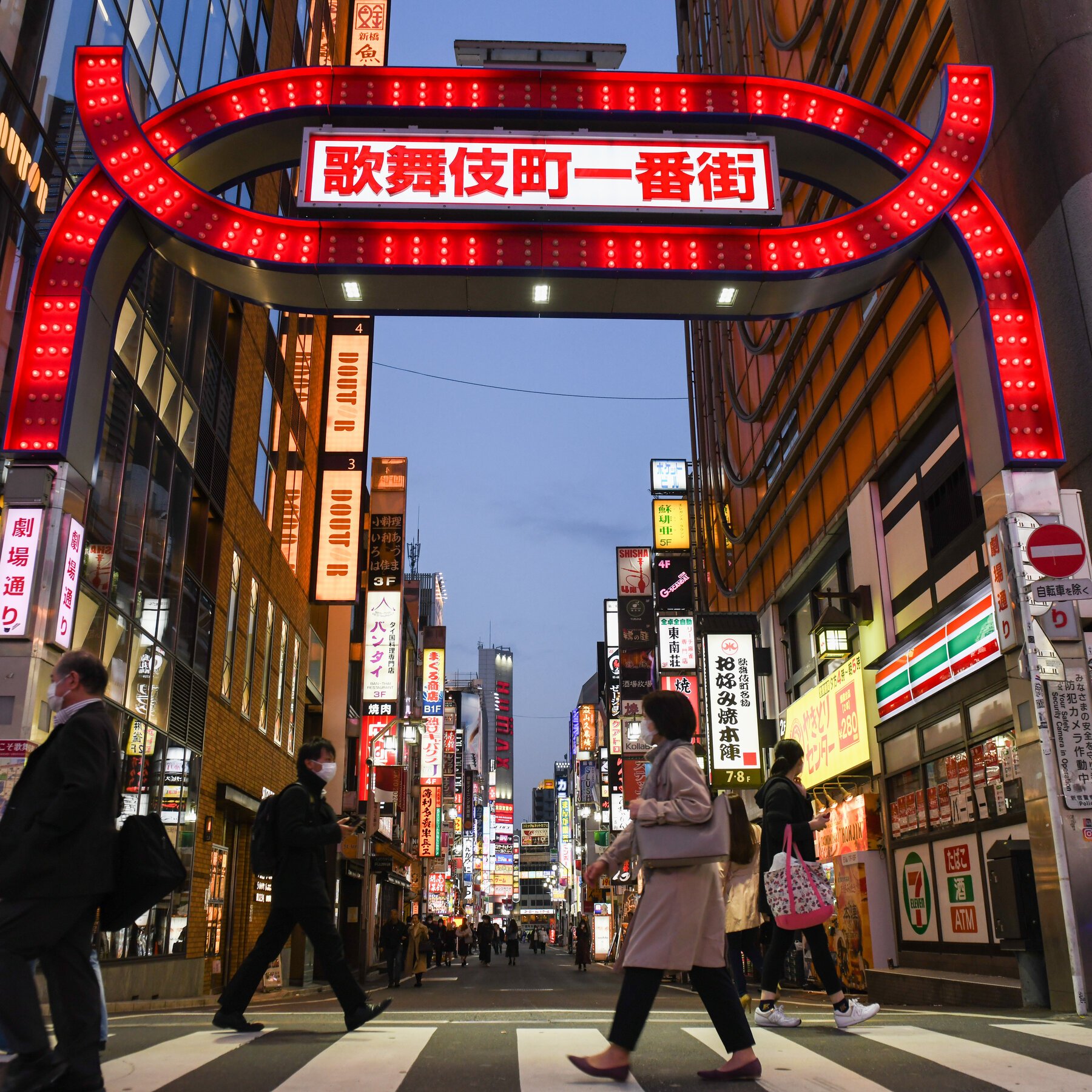
Our last day in Tokyo. We’ll start with a special Bonsai class and tea ceremony. After that, we’ll experience Teppanyaki, followed by an early evening jazz show.
Bonsai Creation and Tea Ceremony
Master Kunio Kobayashi’s Shunkaen Bonsai Museum
10AM - 11:40AM
Shunkaen is Japan’s first ever dedicated Bonsai museum. Shunkaen’s founder and owner Kunio Kobayashi is a legend in the bonsai world for his unparalleled sensibilities. Bonsai and tea ceremony were both introduced to Japan from China and took popular root during the Muromachi Period (1336-1573), after which they continued to develop independent of their origins. Plant growth and tea leaves, stillness and motion. Get to know the uniquely Japanese beauty of each directly through all five senses.
1 Chome-29-16 Niihori, Edogawa City, Tokyo 132-0001, Japan
Lunch at Teppanyaki Akasaka. 2pm.
Presenting breathtaking views over Tokyo from its location on the 37th floor, Teppanyaki Akasaka offers a memorable feast for the senses. The impressive knife skills and culinary flair of our expert chefs combined with the world famous Kobe beef and Tsukiji Market fresh seafood create a dining experience not to be missed.
Reservation Confirmation: UMJWKL | Kobe Beef Lunch
Wander: Imperial Palace
The Imperial Palace East Gardens (皇居東御苑, Kōkyo Higashi Gyoen) are part of the inner palace area and open to the public. They are the former site of Edo Castle's innermost circles of defense, the honmaru ("main circle") and ninomaru ("secondary circle"). None of the main buildings remain today, but the moats, walls, entrance gates and several guardhouses still exist.
Jazz at Cotton Club. Marcin Wasilewski Trio.
Doors 5pm. Show 6pm.
Box Seats Center | Transaction ID: 241009100A000060
Located on the second floor of the Tokia Tokyo building, this venue is based on the original Cotton Club, which flourished during the 1920s prohibition era in New York. The Tokyo Cotton Club was designed by Yasumichi Morita, and has played host to musical icons such as Duke Ellington and Lena Horne in the past. You can still see many world-famous musicians perform here.

Thursday, 10/10/24
Today, we’ll experience lunch at one of Tokyo’s best restaurants before taking the bullet train to Niigata.
Lunch at L’Effervescence. 11:30am.
3 Michelin-Star French
Chef Shinobu Namae refers to the foodstuff producers who support L’Effervescence as “artisans” out of respect for their finely honed skills. The ingredients list, passed out by hand, is a chronicle of the producing regions Namae visits in his travels. The love for nature that wells up from his pairings of umami from land and sea is the tale told through the cuisine here.
Reservation #: VELSEPQ5
Jōetsu Shinkansen
TAKE THE BULLET TRAIN FROM TOKYO TO NIIGATA
Train: Toki 327
Train Departs (Tokyo Station): 3:40PM
Train Arrives (Echigo-Yuzawa): 4:56PM
Member #: 410652052
Reservation #: E90479
Name of train: Toki 327
Facility: Green (First Class)
Car: 11, Seat: 7C (Roo)
IC Number:JE80F124061927500
Car: 11, Seat: 7D (Shep)
IC Number:JE80F024091426812
Duration: 2 hours

























